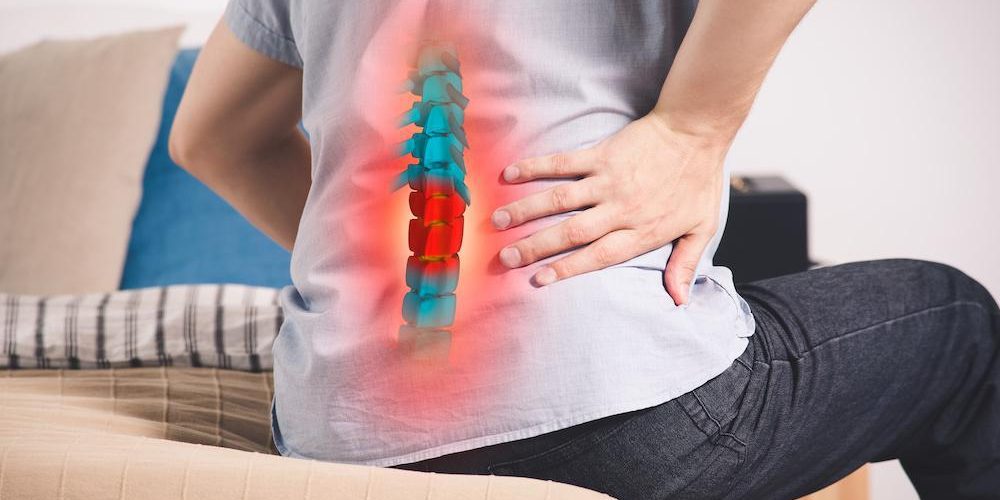It’s understandably worrisome to hear “disease” attached to a diagnosis. However, degenerative disc disease is not really a disease. It’s actually a condition that’s related to degenerative changes in your spinal discs. The good news? Many effective therapies exist for treating this sometimes-debilitating issue.
The widely respected experts at the Pain Institute of Southern Arizona (PISA) have a well-deserved reputation for providing outstanding pain management services to residents of Tucson, Oro Valley, Green Valley, Safford, and Benson, Arizona. Their top priority is to relieve your pain and restore your ability to live an active and fulfilling life.
Read what these talented physicians have to say about degenerative disc disease and available treatments.
Understanding the basics of spinal discs
Spinal discs sit between the bones (vertebrae) in your spine. Made up of a tough, rubber-like outer tissue structure that surrounds an inner gel-like core, healthy discs act as shock absorbers that cushion and protect the vertebrae when you walk, run, or jump. Discs also help stabilize the spine but are flexible enough to allow a limited range of motion of your spinal column.
When spinal discs degenerate
Unlike skin, muscle, and other vascular tissue in your body, discs have a limited blood supply. This means they don’t receive the nutrients necessary to rebuild or regenerate tissue. Thus, as you age, spinal discs naturally begin to wear down or degenerate.
These degenerative changes include thinning and drying of the disc as well as cracks or tears in the outer surface. Discs that have thinned or slipped out of place no longer provide cushioning for the vertebrae, which leads to pain. If the inner disc material bulges through the outer structure, it can irritate and inflame surrounding nerves.
Most often related to aging, degenerative disc disease can also occur as the result of an injury or overuse during work or sporting activities. The Arthritis Foundation notes that most people have disc degeneration after age 40, but not everyone develops pain from the condition.
What are the symptoms of degenerative disc disease?
Symptoms vary in frequency and intensity and depend upon which disc(s) is affected but may include:
- Pain that’s worse with bending or twisting
- Decreased pain when walking or running compared to prolonged standing
- Pain that improves when lying down
Because the load on your lower back increases while sitting, a damaged disc in the lumbar spine can cause worsening pain with sitting.
Depending on which portion of your spine is affected, you may also notice pain that travels (radiates) into the buttocks, legs, shoulders, and arms.
What is the treatment for degenerative disc disease?
At PISA, we design treatment plans to fit your circumstance and needs. Depending on the severity of your symptoms and disc changes, your plan may include:
- Physical therapy that includes strengthening, flexibility exercises, therapeutic massage
- Epidural injections to relieve inflammation and control pain
- Radiofrequency neurotomy to block pain signals from irritated nerves
If these conservative measures fail to relieve your pain and restore mobility, surgical procedures such as disc replacement may be recommended.
For an accurate diagnosis and state-of-the-art pain management, schedule a visit at the Pain Institute of Southern Arizona today.





